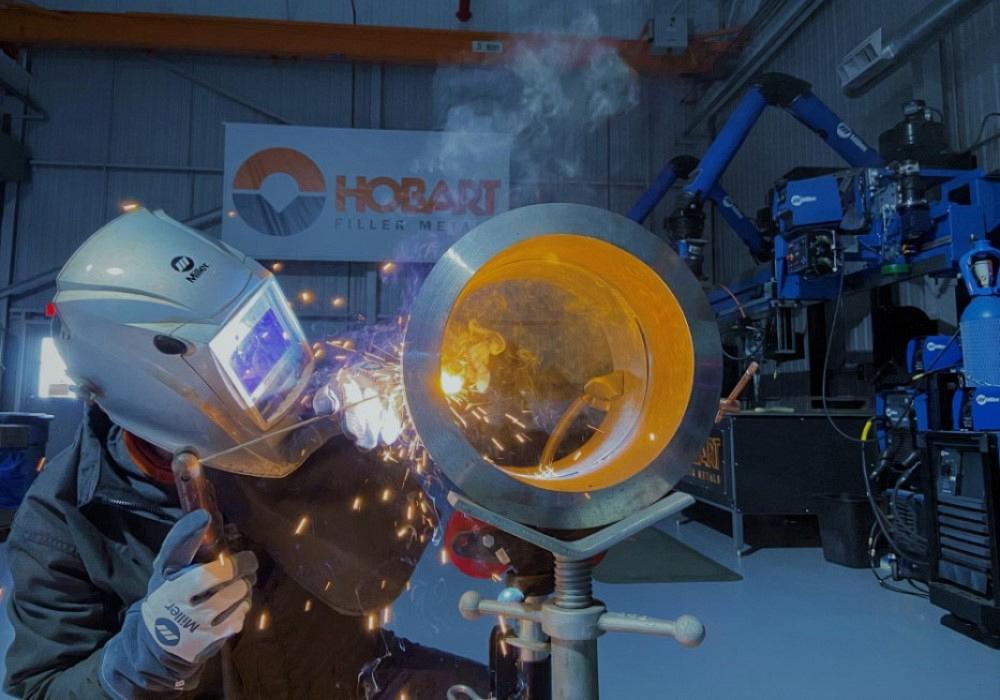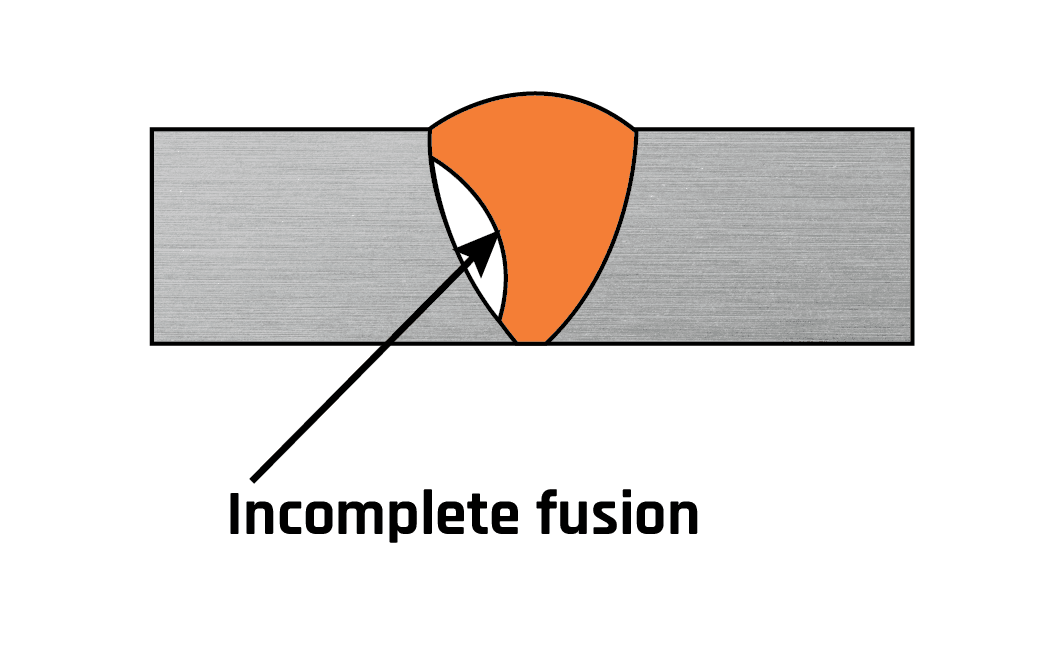Essential Tips for Welders: Stopping Undercut Welding and Ensuring Stronger Weld Joints
In the world of welding, attaining solid and long lasting weld joints is the foundation of creating top notch work. One common challenge that welders frequently encounter is undercut welding, which can endanger the stability of the weld joint.

Recognizing Undercut Welding
Undercut welding is a typical welding flaw that occurs when the weld metal stops working to appropriately fill up the groove and leads to a groove-like anxiety along the weld bead. This issue compromises the weld joint, making it vulnerable to cracking and failure under anxiety. Damaging can be triggered by different factors, consisting of extreme welding present, high welding rate, improper electrode angle, inaccurate electrode dimension, and poor welding strategy.
One of the major reasons for undercut welding is an imbalance between the welding present and the welding rate. If the welding current is too expensive or the welding rate is too quickly, the weld steel might not effectively load the groove, causing undercutting. Additionally, using an electrode that is too huge can lead to a similar result, as the excess steel can not effectively stream into the groove.
To prevent undercut welding, welders need to guarantee they are making use of the proper welding criteria, maintain an ideal electrode angle, select the suitable electrode dimension, and technique appropriate welding techniques. By resolving these elements, welders can minimize the danger of undercutting and develop stronger, extra trusted weld joints.
Appropriate Welding Strategy
Reliable welding technique plays a vital duty in guaranteeing the high quality and honesty of weld joints. One essential element of correct welding strategy is maintaining the correct angle and distance between the welding weapon and the workpiece.
In addition, a consistent and steady hand motion is essential for creating strong and resilient weld joints. Welders ought to go for smooth, uniform motions to make certain also circulation of the weld product. Correct adjustment of the welding weapon and filler product is additionally crucial to achieving optimum penetration and blend.
Furthermore, regulating the warmth input and picking the proper welding specifications based upon the material being bonded are crucial consider achieving top quality welds - Preventing weld undercut. Welders need to adhere to the recommended setups supplied by welding procedure specifications and readjust them as required based upon the certain requirements of the project. By understanding appropriate welding techniques, welders can substantially enhance the toughness and dependability of their weld joints
Choosing the Right Electrode
When taking into consideration the significance of choosing the appropriate electrode in welding applications,Keeping the appropriate angle and range between the welding weapon and the workpiece is basic. The option of electrode plays an important role in figuring out the quality and toughness of the weld joint. Electrodes come in different types, each created for specific functions and products.
Firstly, choosing the ideal electrode diameter is crucial. Thinner electrodes are appropriate for welding slim products, while thicker electrodes are better for thicker materials and greater warm applications. Matching the electrode size to the density of the workpiece assists attain a well balanced weld.
Second of all, understanding the material structure of the electrode is crucial. Various electrodes are designed for welding certain products like steel, stainless-steel, light weight aluminum, or cast iron. Making use of the proper electrode product ensures good combination and reduces the danger of flaws in the weld.
Finally, taking into consideration the welding placement and method is important when selecting the electrode kind. Certain electrodes are much better matched for upright or above welding settings, while others work well for level or straight settings. Selecting the right electrode based upon site the welding strategy improves the overall weld quality and honesty.
Preparing the Base Steel
To guarantee a successful welding procedure, what preliminary steps should be taken when preparing the base steel for welding? Correctly preparing the base steel is crucial for attaining resilient and solid weld joints. The initial step in preparing the base steel is to clean it extensively to eliminate any kind of pollutants such as rust, oil, paint, or dust. This can be done utilizing a wire brush, chemical, or grinder solvents. Additionally, any kind of existing weld material or deposit from previous welding should be gotten rid of to guarantee a tidy surface for the brand-new weld.

Carrying Out Post-Weld Examinations

After performing these analyses, welders must compare the results against market criteria and task requirements to ensure that the weld joint meets all required requirements. Any type of inconsistencies or insufficiencies discovered throughout the post-weld inspection should be quickly dealt with through suitable restorative procedures to ensure the weld's stability. By vigilantly carrying out post-weld evaluations and quickly dealing with any problems, welders can support the quality and integrity of their job, eventually contributing Full Article to the security and long life of the welded frameworks.
Conclusion

To conclude, preventing undercut welding and making certain stronger weld joints call for a mix of proper welding strategy, selecting the best electrode, preparing the base steel appropriately, and carrying out post-weld inspections. By recognizing the root causes of undercut welding and executing the necessary preventative measures, welders can create top notch weld joints that satisfy sector requirements and ensure the architectural integrity of the bonded components.
Undercut welding is a typical welding problem that occurs when the weld steel fails to appropriately fill the groove and results in a groove-like anxiety along the weld grain (Preventing weld undercut). Undercutting can be created by various aspects, consisting of excessive welding present, high welding rate, improper electrode angle, wrong electrode size, and bad welding strategy
One of the primary factors for undercut welding is an imbalance between the welding existing and the welding rate. If the welding current is as well high or the welding rate is too fast, the weld steel might not sufficiently load the groove, leading to undercutting.Preserving the right angle and range in between the welding gun and the workpiece is essential when taking into consideration the importance of selecting the ideal electrode in welding applications.
 Christina Ricci Then & Now!
Christina Ricci Then & Now! Michael Jordan Then & Now!
Michael Jordan Then & Now! Mike Vitar Then & Now!
Mike Vitar Then & Now! Justine Bateman Then & Now!
Justine Bateman Then & Now! Christy Canyon Then & Now!
Christy Canyon Then & Now!